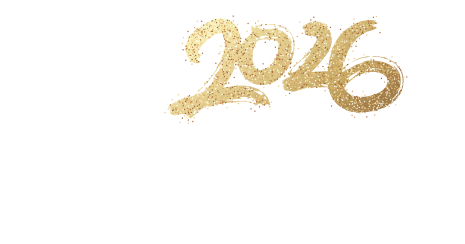7. Forms of formal enforcement action
7.1 On average between 5-10% of cases that the council receive result in formal enforcement action being taken. There are a range of formal powers that the council can use to remedy breaches of planning control. The more common forms are listed in the table below:
|
Type of enforcement action |
Purpose |
|
Planning Contravention Notice |
Investigation tool. Requires persons to provide information in respect of land and activities. Often undertaken to determine if there is a breach of control and to help decide the appropriate course of action. |
|
Enforcement Notice |
Requires particular steps to be taken to remedy the situation - there is a right of appeal. |
|
Stop Notice / Temporary Stop Notice |
Requires the unauthorised activities to cease either immediately or for a period of up to 56 days. Only used in exceptional cases. |
|
Breach of Condition Notice |
Secures compliance with conditions specified within a planning permission. |
|
Section 215 Notice (untidy land) |
Secures the proper maintenance of land and buildings to protect public amenity. |
|
Discontinuance or Removal Notice (advertisements) |
Requires an unlawful advertisement to be removed. |
|
Remedial notice (high hedges) |
Requires an over-height hedge to be reduced. |
|
Prosecution |
Failure to comply with a notice that is in force is a criminal offence. To secure compliance with any formal enforcement notice and / or to bring the offence before the court. |
|
Direct Action |
The council may enter land to take the necessary steps to secure compliance with an Enforcement Notice. This is at the council's cost although these are recoverable from the landowner. |
|
Injunctions |
To prevent unauthorised development and only used in a very limited number of specific circumstances. |






